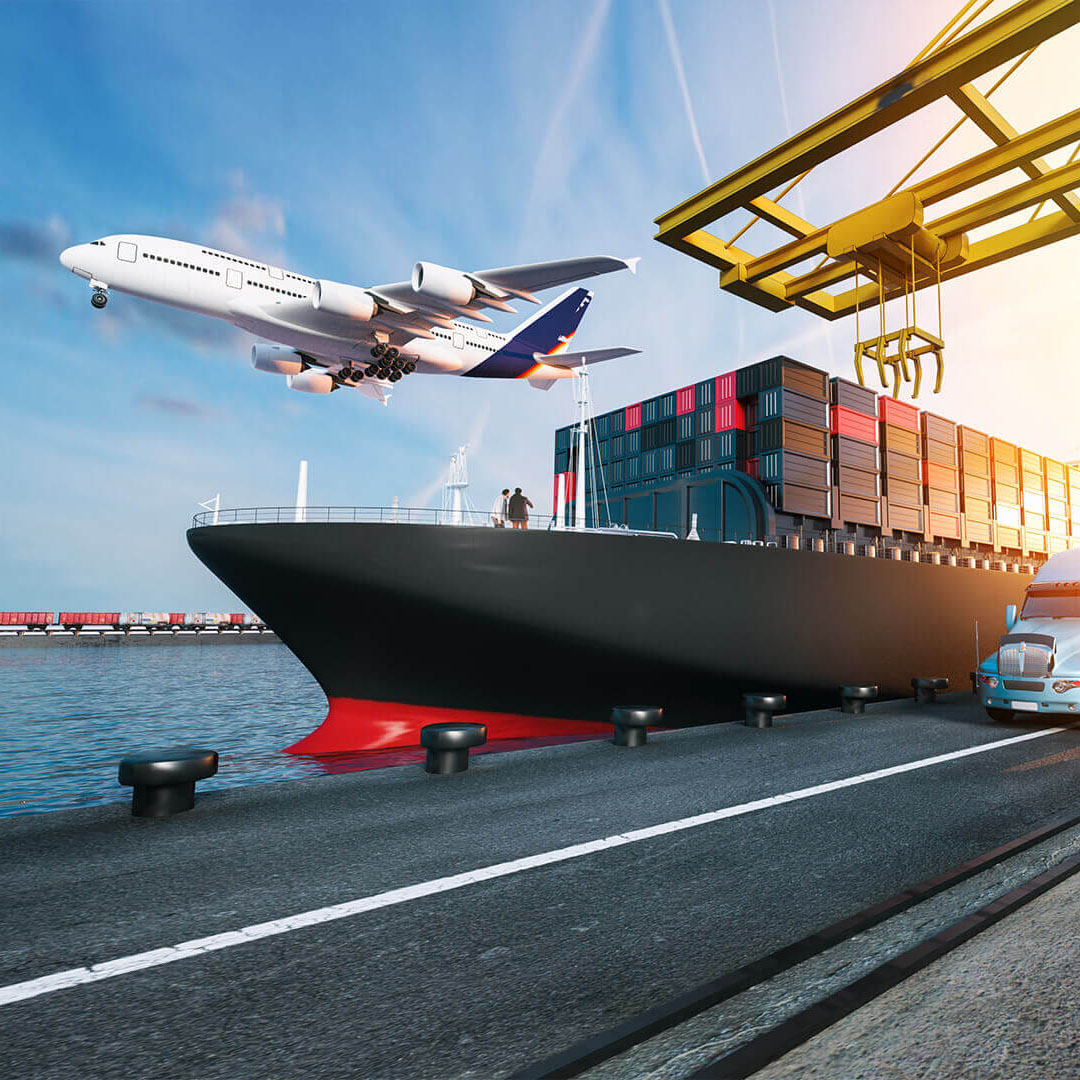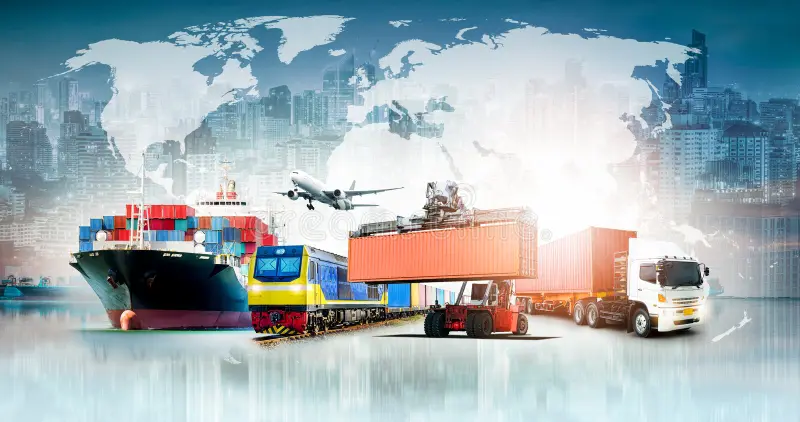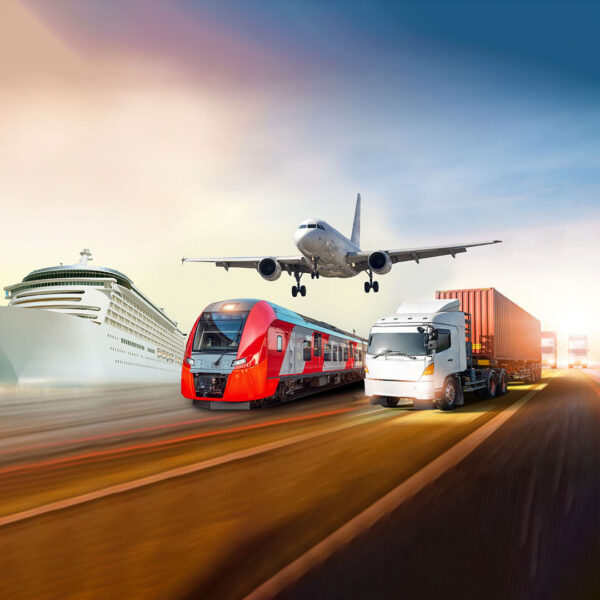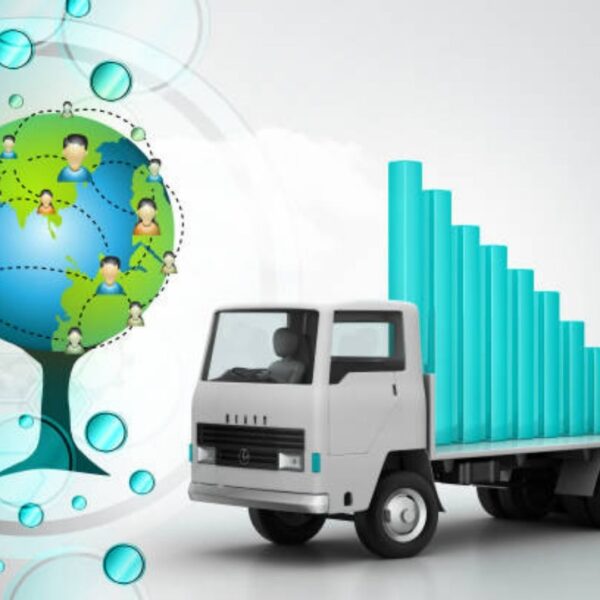On the Move: Freight’s Role in Global Trade
Global trade, a complex and interconnected web of commerce, relies on a silent yet powerful force that keeps goods flowing seamlessly across borders and oceans. This force is freight transport. we will explore the pivotal role of freight transport in global trade, from its historical roots to its modern-day significance, and delve into the ways it shapes the world’s economies and connects people worldwide.
The Historical Footprints of Global Trade
The history of global trade is intertwined with the evolution of freight transport. Throughout the centuries, various modes of transportation have shaped the world’s trade routes and helped build empires, facilitate cultural exchange, and foster economic growth:
Ancient Trade Routes: The Silk Road, connecting East and West, was a marvel of ancient trade. Caravans, camels, and merchants traveled thousands of miles to exchange goods and ideas.
Maritime Explorations: The Age of Exploration opened up new trade routes through ocean voyages. Christopher Columbus and other explorers set sail, linking continents and revolutionizing the world’s trade networks.
The Railway Revolution: The advent of railways in the 19th century transformed the movement of goods. Rail networks connected vast regions and allowed for the efficient transportation of goods.
The Automobile Era: The 20th century saw the rise of the automobile, offering new dimensions of personal mobility and enhancing the delivery of goods to local markets.
The Air Travel Revolution: Airplanes drastically reduced travel times and made global exploration more accessible, expanding the horizons of international trade.
Freight Transport: The Heart of Global Trade
Freight transport is the heart of global trade, ensuring that goods are transported efficiently and reliably across the globe. Its significance cannot be overstated:
Global Supply Chain: Freight transport is an integral part of the global supply chain, which includes the flow of raw materials, components, and finished products from manufacturers to consumers.
International Commerce: It enables international commerce by connecting manufacturers, wholesalers, and retailers, allowing products to reach consumers worldwide.
Economic Growth: Freight transport is a significant driver of economic growth. It creates jobs, fosters business development, and contributes to the prosperity of nations.
Consumer Access: Freight transport ensures that consumers have access to a wide range of products from different regions, enriching lives and lifestyles.
The Spectrum of Freight Modes: A Multimodal Approach
Global trade relies on a diverse range of freight modes, each with its unique strengths and applications:
Maritime Freight: Ships are the workhorses of international trade, moving colossal volumes of goods across oceans. Containerization has streamlined maritime freight operations.
Rail Freight: Trains are crucial for transporting bulk goods overland, such as coal, grains, and raw materials. They also connect ports to interior regions.
Road Freight: Trucks are the linchpin of local and regional transport, ensuring goods reach their final destinations efficiently. They are indispensable for time-sensitive shipments.
Air Freight: Airplanes are the speedsters of the freight world, moving high-value and time-sensitive cargo quickly. This mode is crucial for industries like pharmaceuticals, electronics, and perishable goods.
Intermodal Freight: Intermodal transport combines the strengths of multiple modes, allowing for the efficient movement of goods across long distances and varying terrain.
The Challenges and Opportunities of Freight Transport
While freight transport is a cornerstone of global trade, it also faces challenges:
Traffic Congestion: Urban areas often struggle with traffic congestion, leading to delays and increased costs for freight operators. Innovative solutions are required to address this issue.
Environmental Impact: The transportation of goods contributes to environmental concerns, including carbon emissions. Sustainable practices, like electric vehicles and alternative fuels, aim to mitigate this impact.
Safety Concerns: Safety is paramount in freight transport, with strict regulations and standards in place to ensure the well-being of drivers and the public.
Infrastructure Development: The expansion and maintenance of transportation infrastructure are critical to keep freight moving efficiently.
The Future of Freight Transport: Innovations and Sustainability
The future of freight transport is marked by innovations and sustainability:
Electric Vehicles (EVs): The transition to electric vehicles is redefining personal and commercial transportation, offering a more environmentally friendly option.
Autonomous Vehicles (AVs): The development of autonomous trucks promises to make freight transport more efficient and safer.
High-Speed Rail and Hyperloop: Emerging technologies like the Hyperloop and high-speed rail have the potential to revolutionize long-distance freight transport.
Sustainability Initiatives: Many companies are embracing sustainable practices, including carbon-neutral supply chains and renewable energy sources for their operations.
Digital Transformation: The integration of digital technologies is enhancing freight transport operations, from route optimization to real-time tracking.
Conclusion: Freight Transport’s Integral Role in Global Trade
Freight transport serves as the lifeblood of global trade, connecting people, places, and products worldwide. It ensures that goods flow seamlessly, underpinning the global economy and fostering international commerce.
As we contemplate the multifaceted world of freight transport, we find that the future holds exciting prospects. Innovations in electric vehicles, autonomous transportation, high-speed rail, and sustainable practices promise to shape the way goods are transported in the years to come. Freight transport remains an indispensable thread in the fabric of our globalized world, uniting people, places, and products in a world that continues to expand its horizons.









